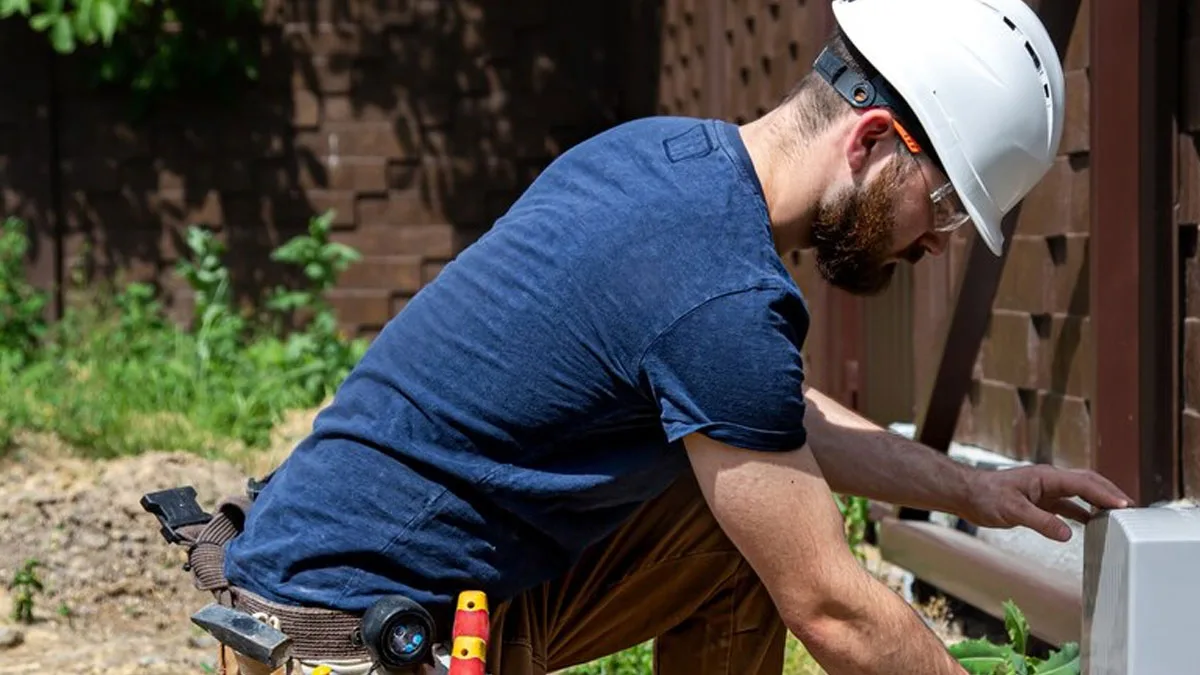An easement grants the holder the right to use another individual’s property for a specified purpose, such as access to a road or utility lines. Although easements are beneficial for utility access and property enjoyment, they often raise questions about maintenance responsibilities. This article outlines the legal framework surrounding easement maintenance in the United States, focusing on who bears the responsibility for upkeep.
Understanding Easements
Easements are classified into several types, each with specific characteristics and purposes:
- Express Easements: Created through written agreements between property owners.
- Implied Easements: Established due to longstanding practices or necessity, not written agreement.
- Prescriptive Easements: Obtained through continuous and open use of property without the owner’s explicit permission.
- Utility Easements: Allow utility companies to install and maintain lines and infrastructure.
Maintenance Responsibility
The general principle in U.S. law is that the easement holder, or the party benefiting from the easement, is responsible for its maintenance. This responsibility ensures the easement remains usable for its intended purpose without imposing undue burden on the property owner granting the easement (the servient estate).
Easement Holder’s Responsibilities
The holder of the easement is typically responsible for:
- Routine upkeep and repairs.
- Necessary improvements for ensuring the easement’s continued use.
- Preventing any damage to the servient estate’s property beyond normal wear and tear.
Property Owner’s Responsibilities
While the primary maintenance duty falls on the easement holder, the property owner:
- Must not obstruct the easement’s use.
- May be responsible for certain maintenance tasks if agreed upon in the easement agreement or prescribed by local law.
Easement Agreements and Local Laws
Easement maintenance responsibilities can be explicitly outlined in the easement agreement itself. In the absence of specific terms within the agreement, state laws and precedents provide guidance. Discrepancies and disputes over maintenance are often resolved through negotiation, mediation, or, if necessary, litigation.
Factors Influencing Maintenance Duties
Courts consider several factors when determining maintenance responsibilities:
- The easement agreement’s specific terms.
- The type of easement and its purpose.
- Historical maintenance practices between the parties.
- State laws and legal precedents.
Dispute Resolution
Disagreements over easement maintenance can lead to legal disputes. Resolution methods include:
- Negotiation and Mediation: Parties may come to an agreement through direct negotiation or with the help of a mediator.
- Litigation: If an agreement cannot be reached, the dispute may be settled in court. Judges will interpret the easement terms, applicable laws, and the intentions of the parties involved to determine maintenance responsibilities.
References
- American Bar Association. “Easement Basics.” https://www.americanbar.org/groups/real_property_trust_estate/resources/real_estate_index/easements/
- Legal Information Institute, Cornell Law School. “Easement.” https://www.law.cornell.edu/wex/easement
- Nolo. “Understanding Easements and Rights of Way.” https://www.nolo.com/legal-encyclopedia/easements-overview-29733.html









Leave a Reply